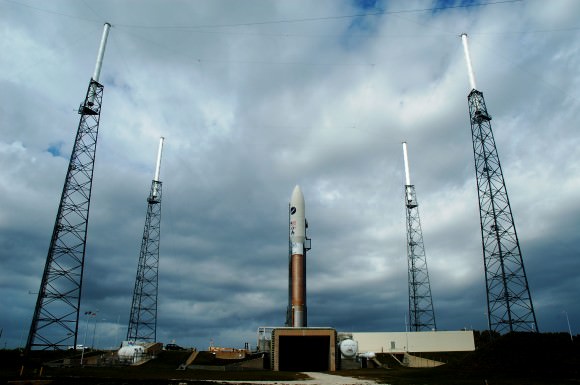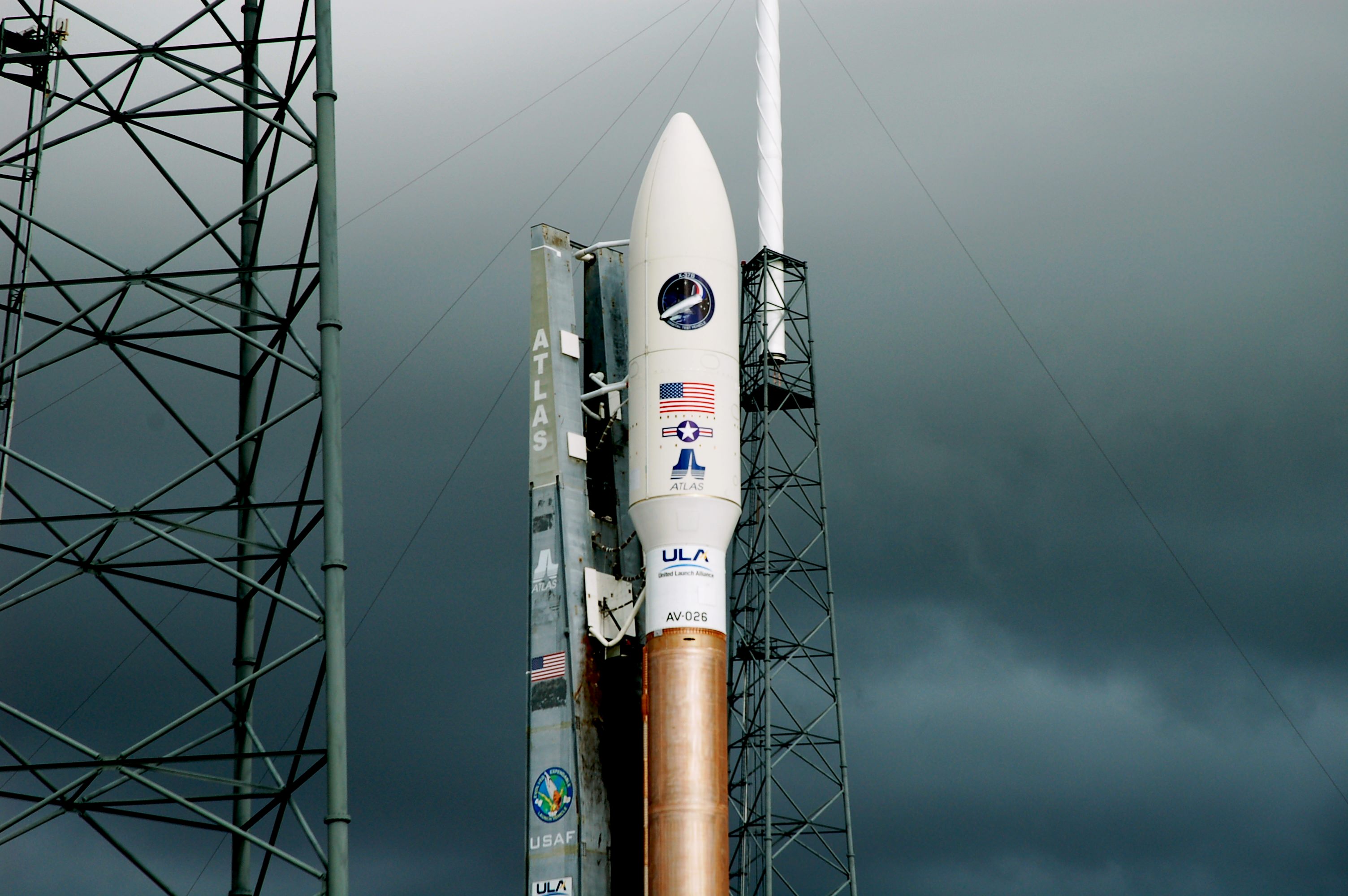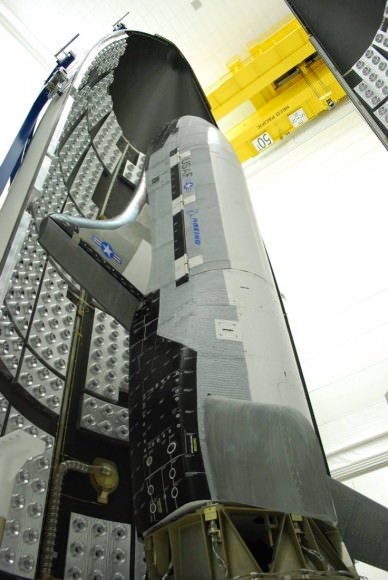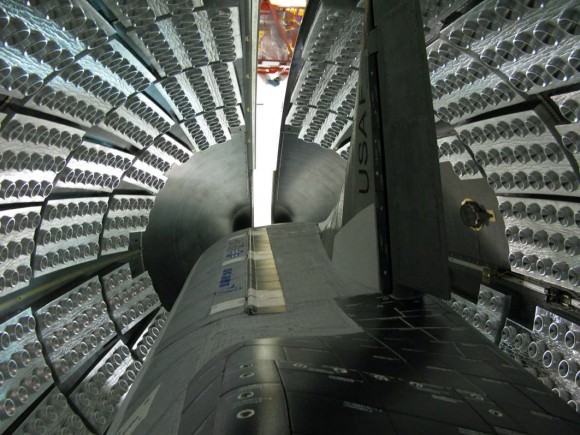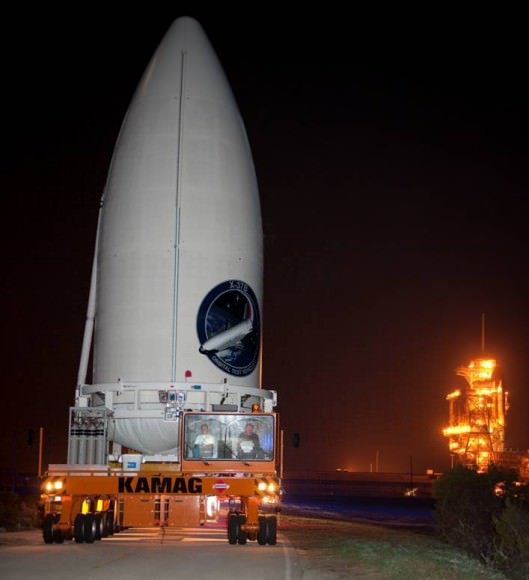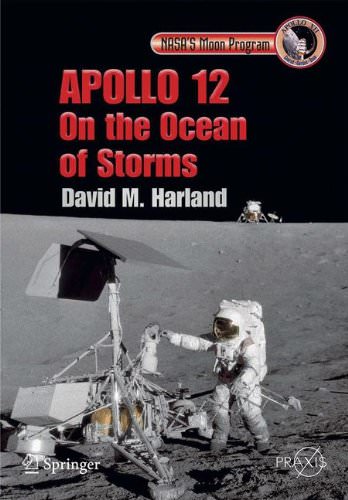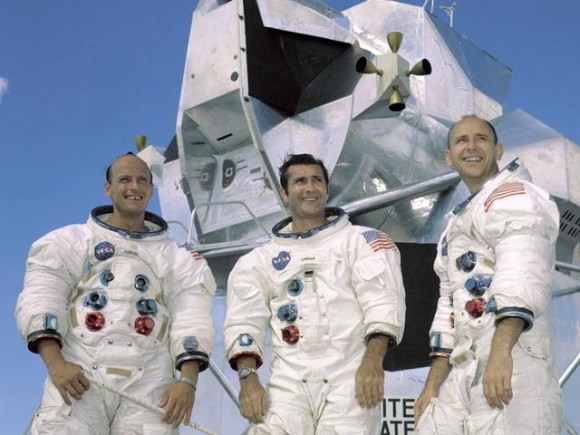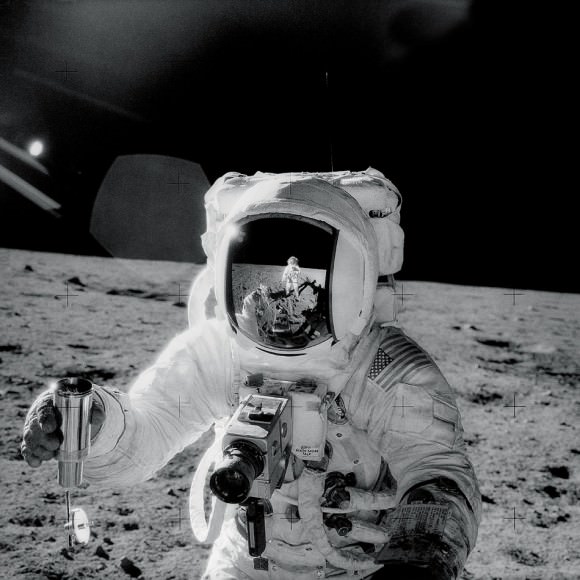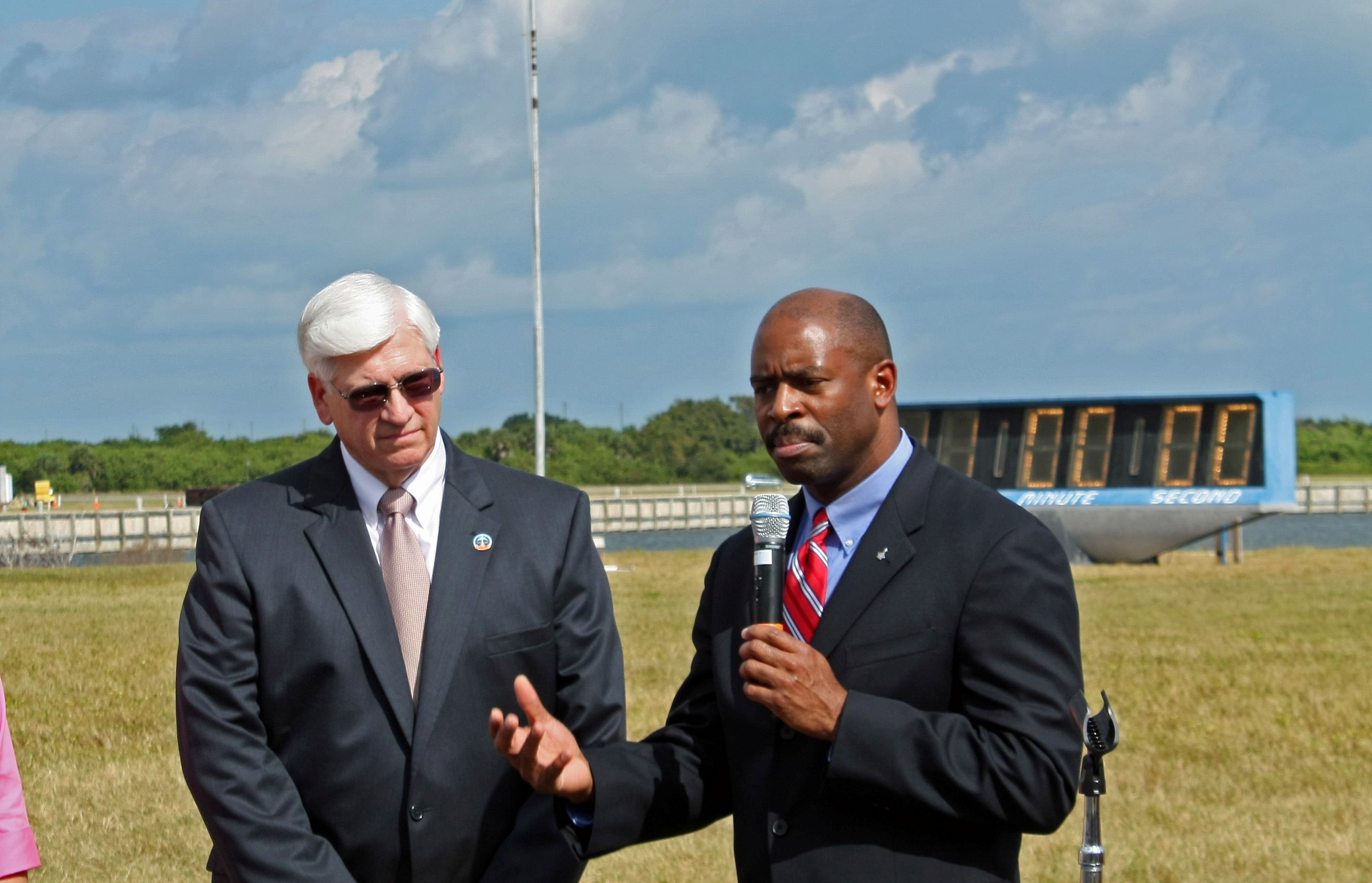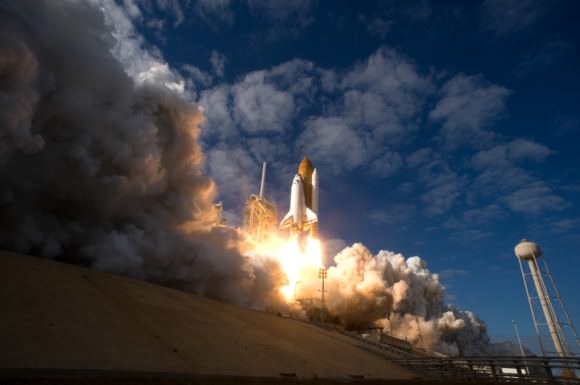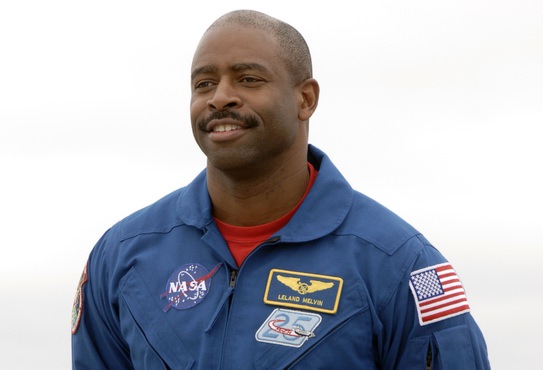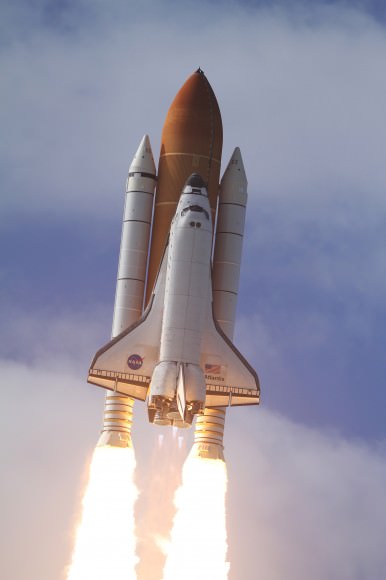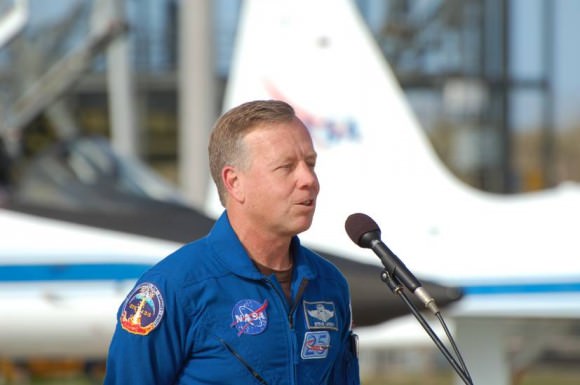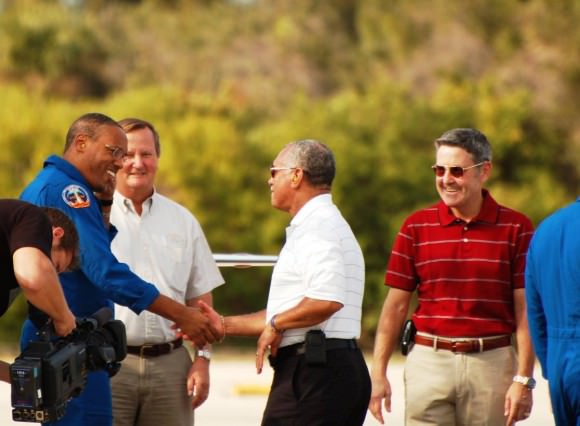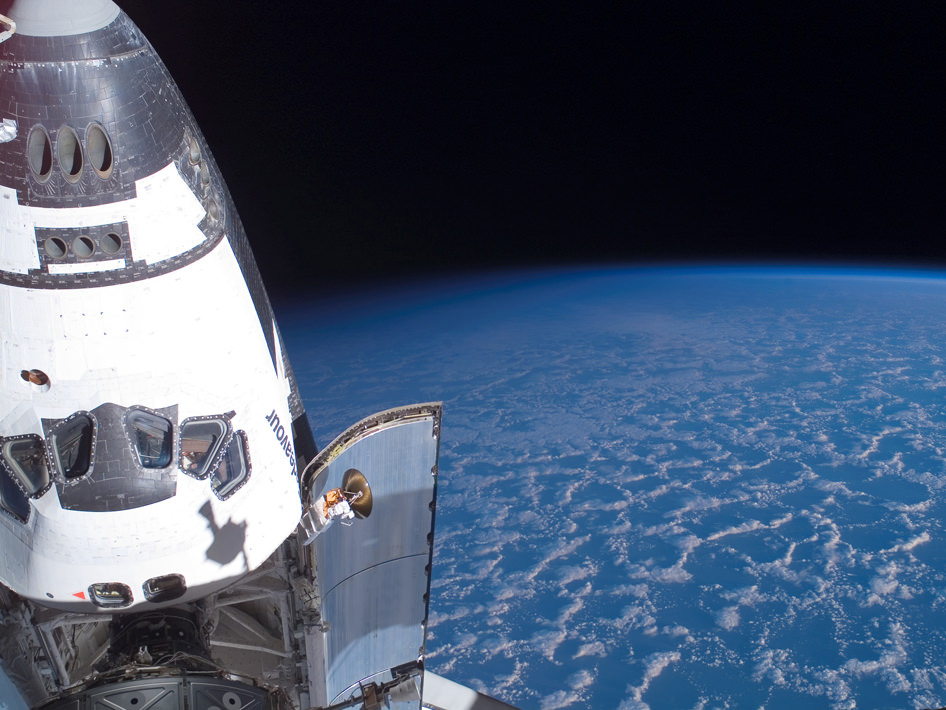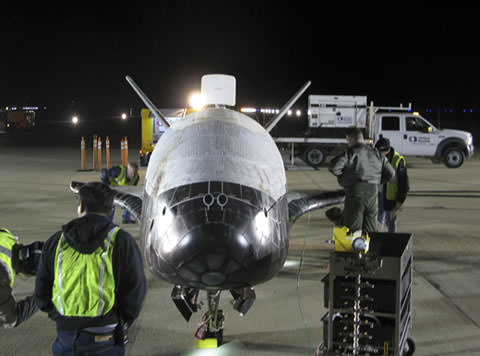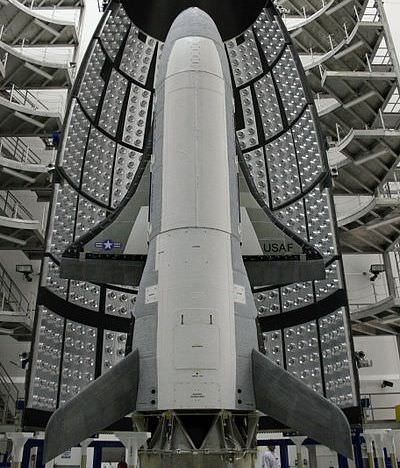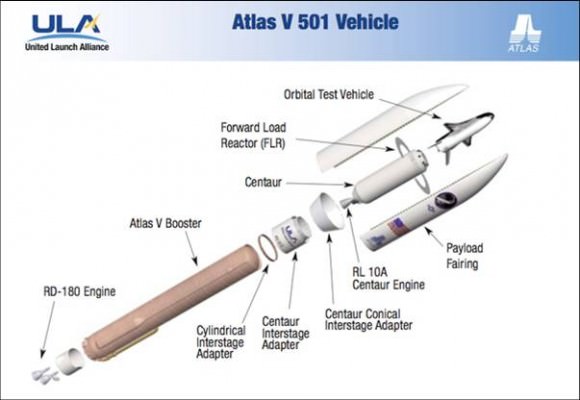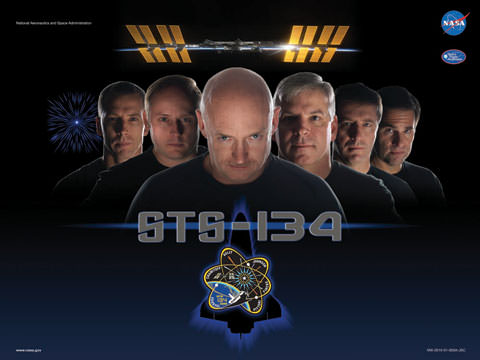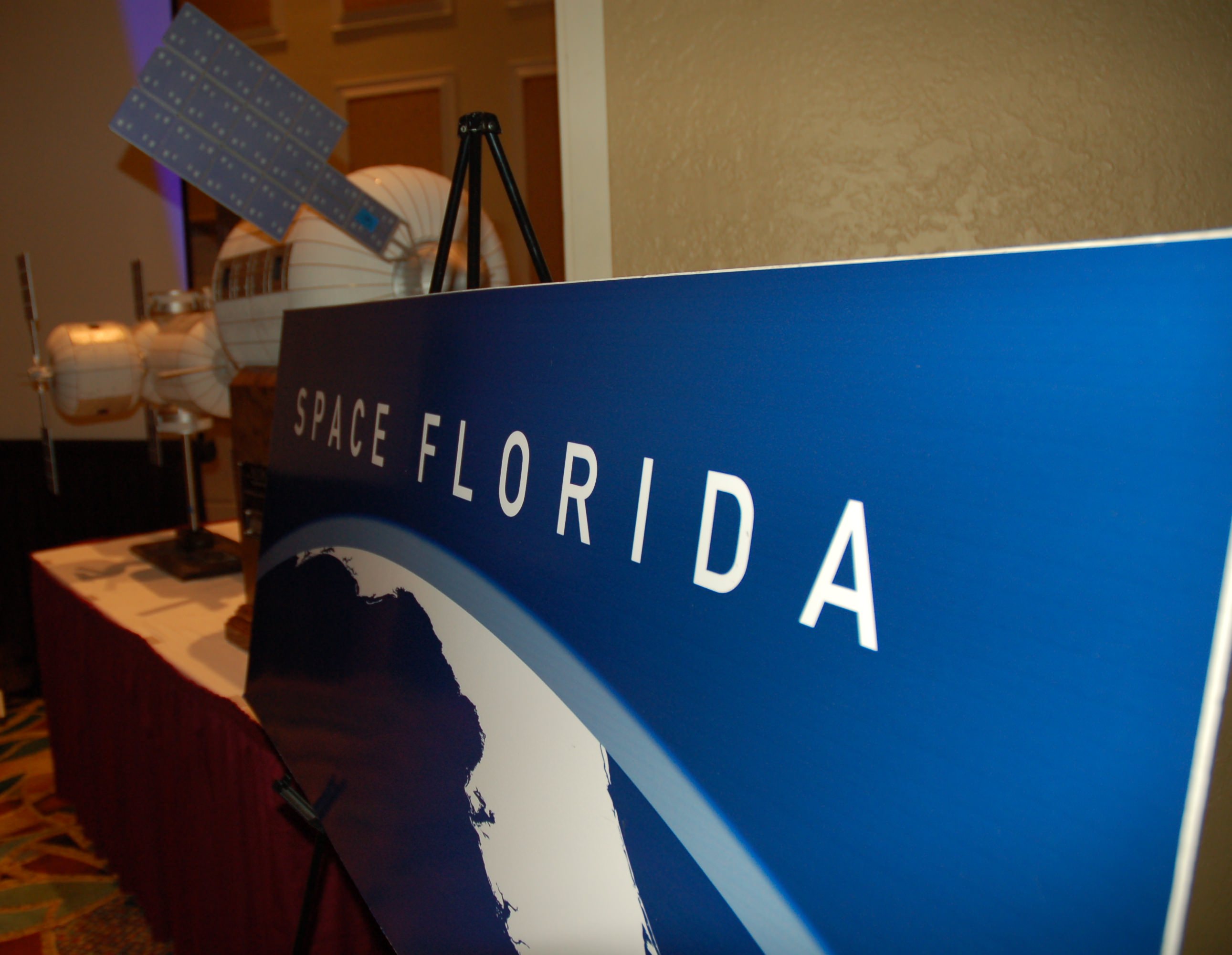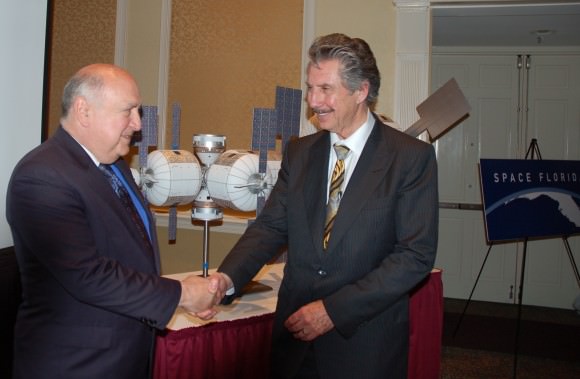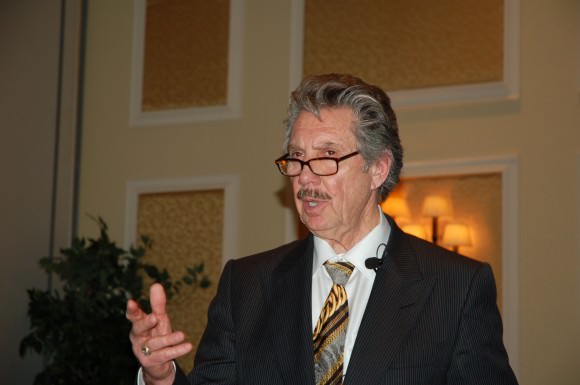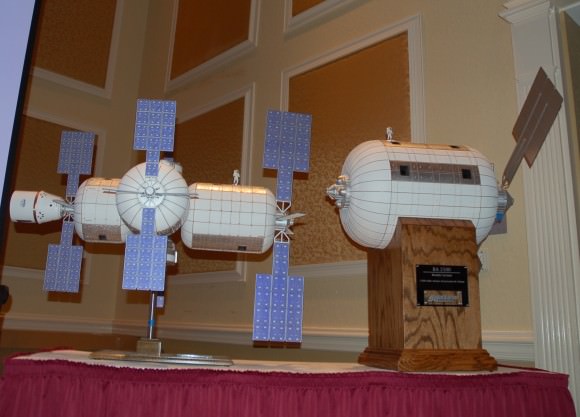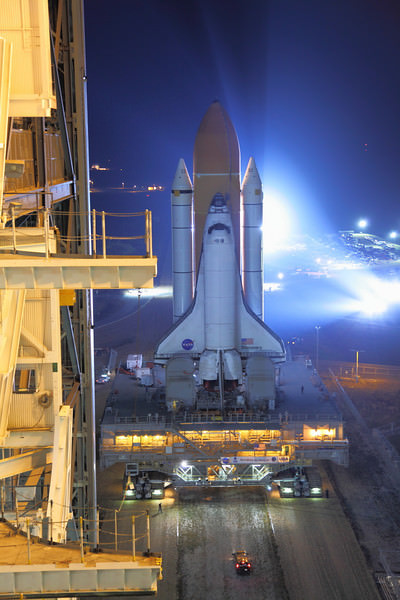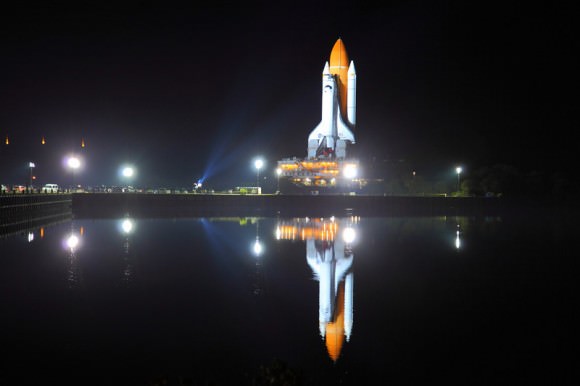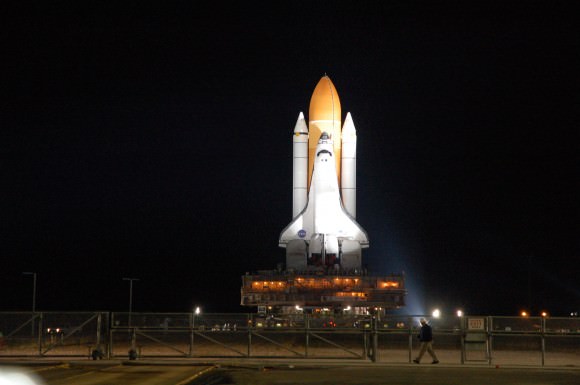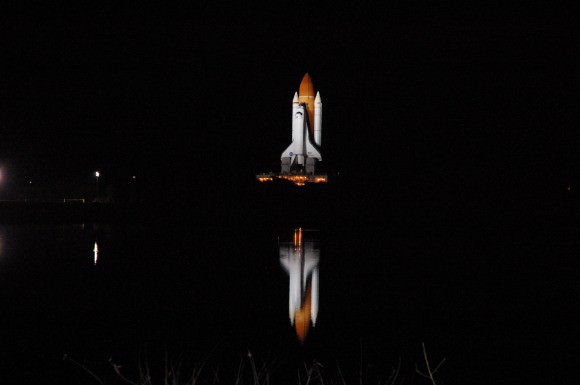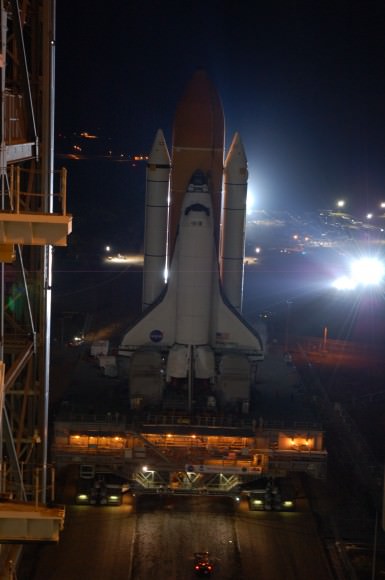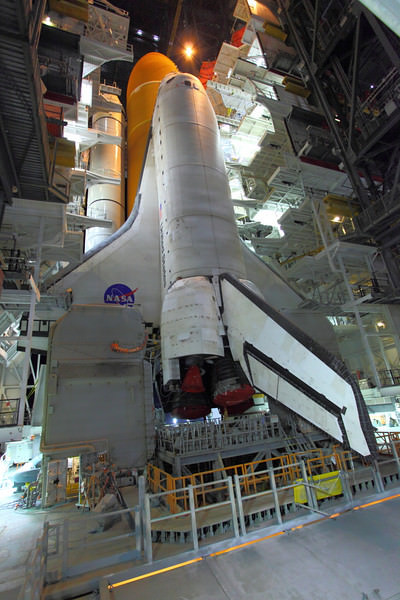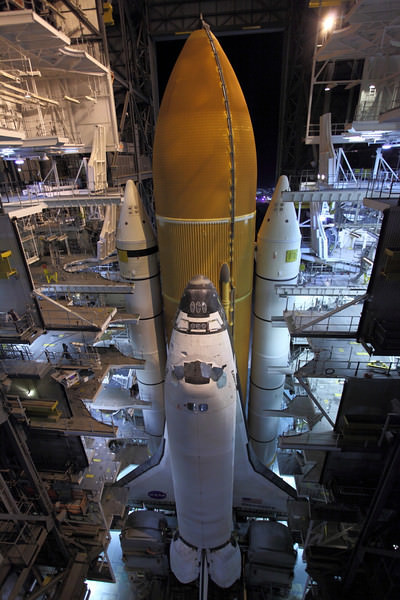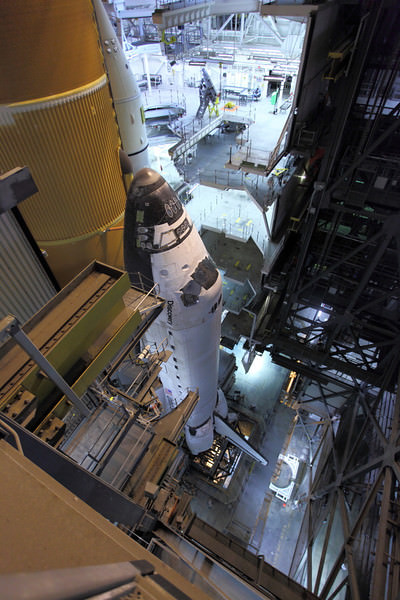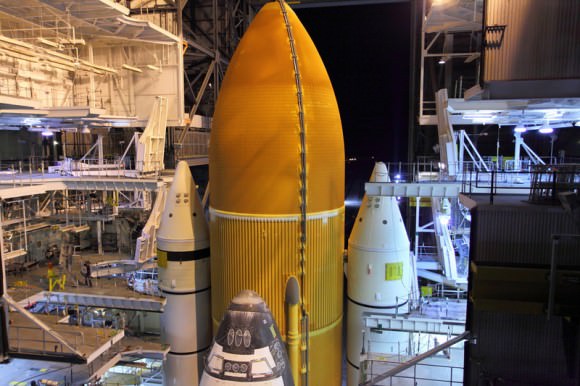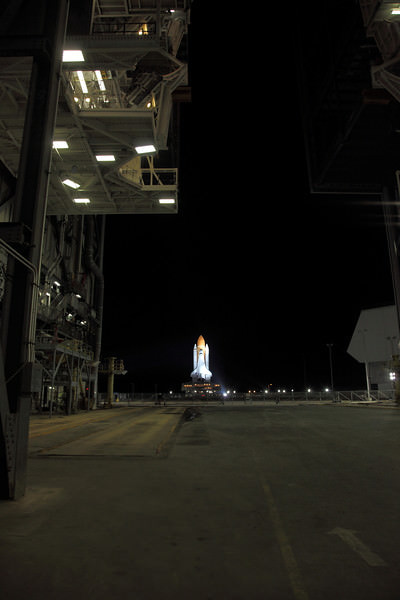[/caption]
HOUSTON — Whether or not Mark Kelly would command the final scheduled flight of the space shuttle Endeavour, STS-134, had been left undecided in the wake of the shootings in Tucson, Arizona. It was announced today that Kelly would remain the commander of the mission, if all goes well he will launch with the remainder of his crew on Apr. 19.
Kelly’s wife, Rep. Gabrielle Giffords was severely injured when she was shot during an event held outdoors in Tucson, Arizona. As such, Kelly’s time has been spent at his wife’s side as she recuperates.
“I am looking forward to rejoining my STS-134 crew members and finishing our training for the mission,” Kelly said. “We have been preparing for more than 18 months, and we will be ready to deliver the Alpha Magnetic Spectrometer (AMS) to the International Space Station and complete the other objectives of the flight. I appreciate the confidence that my NASA management has in me and the rest of my space shuttle crew.”
Kelly was forced to take leave to be at his wife’s side. He asked that a backup commander be chosen. NASA selected four-time shuttle veteran Rick Sturckow, to take Kelly’s place in case he could not make the flight.
At a press conference on Friday, Kelly said his decision to return “has everything to do with what is right for NASA first and then me and my family.”
He said all of his family – including his daughters and Giffords’ parents – support his decision to fly the mission, and that when he was considering not commanding STS-134, they all told him he needed to reconsider.
The main reason he has decided to return to training is the incredible recovery of Giffords, which has surprised everyone, including her doctors. Kelly would not talk about Giffords’ condition, or give any information if Giffords has spoken directly to Kelly about the decision to fly the mission, but he did say that Giffords should be able to come to Kennedy Space Center for the launch in April.
“Absolutely. I have every intention that she’ll be there for the launch,” he said in response to a question of if she would be able to attend. “I’ve already talked to her doctors about it. There really shouldn’t be any reason why she can’t go to the launch.”
Although Kelly was willing to return as commander, Peggy Whitson, chief of the Astronaut Office, said they didn’t take his decision lightly. “We researched this and really looked into Gabby’s condition and looked at the prognosis,” as well as making sure Kelly wouldn’t change his mind at the last minute. They put Kelly through a trial run this week of what his activities would be during training and if he could hand the work flow.
Asked about those who might criticize his decision, Kelly said those people might not understand the entire situation.
“They don’t know her very well, so they don’t know what she would want,” he said. “She is a big supporter of my career, a big supporter of NASA. She really values the mission of NASA. What we do and what the nation gets from that are very high on her list of things she really treasures about this country. So I think they don’t understand that, and they also don’t understand her condition or the support system that I have in place. I think if they had more details about those things, you’d probably have less people being critical. But I think in any decision there’s a lot of interest in, you’re going to have people on both sides.”
As to whether NASA will be criticized for allowing Kelly to return when he has been absent from training for several weeks, Brent Jett, chief Flight Crew Operations Directorate said, “When Mark’s situation got to the point where he was ready to commit to fly, our job was to evaluate what was best for the mission, it is that simple. With all the training and time he has put in, we had to know if he was ready. But we had to take certain steps to make sure he was ready. And we feel we’ve done that. And we’re really happy that he is back as commander of STS-134.”
Kelly said the outpouring of support he has received is a bit humbling. “I’m very grateful for it,” he said. “It is nice to see that people care about who she is and what she represents. The fact that something so horrible where 6 people lost their lives, it is really a sad situation. But I’m hopeful that something positive can come from it.”
STS-134 is currently scheduled to be the final flight of the space shuttle Endeavour, the youngest orbiter in the fleet. It will carry the Alpha Magnetic Spectrometer – 2 (AMS-02) science experiment, the ExPRESS Logistics Carrier 3 as well as equipment that will test out the risk mitigation equipment for the Orion spacecraft.
